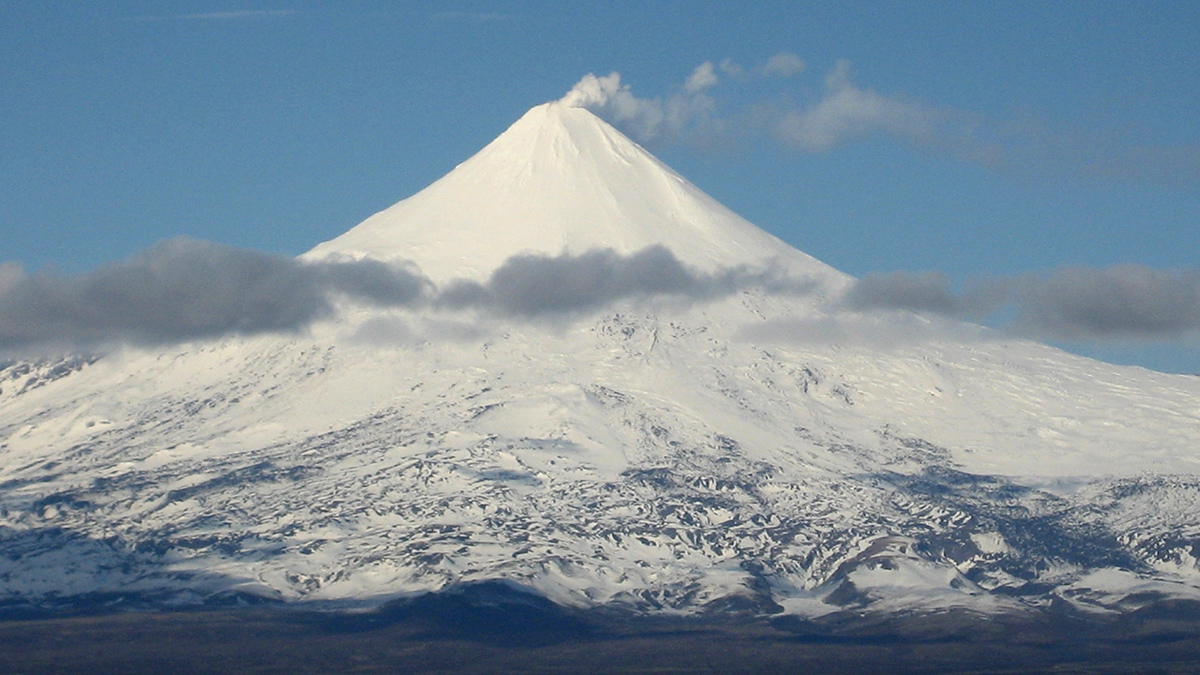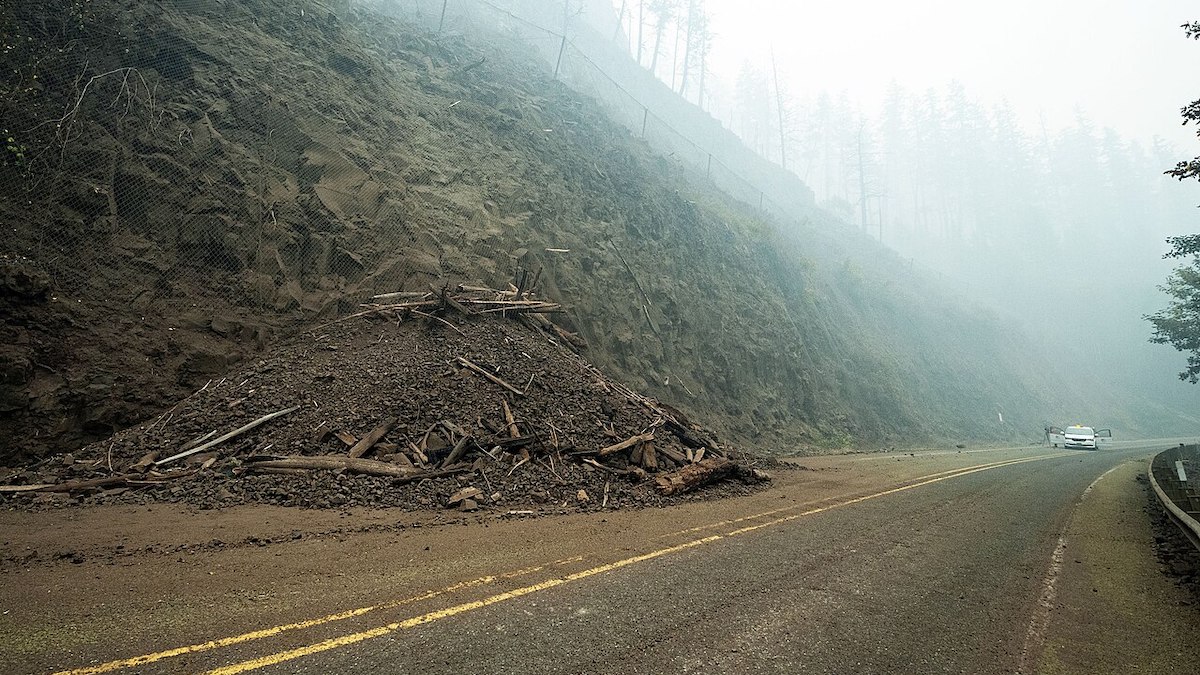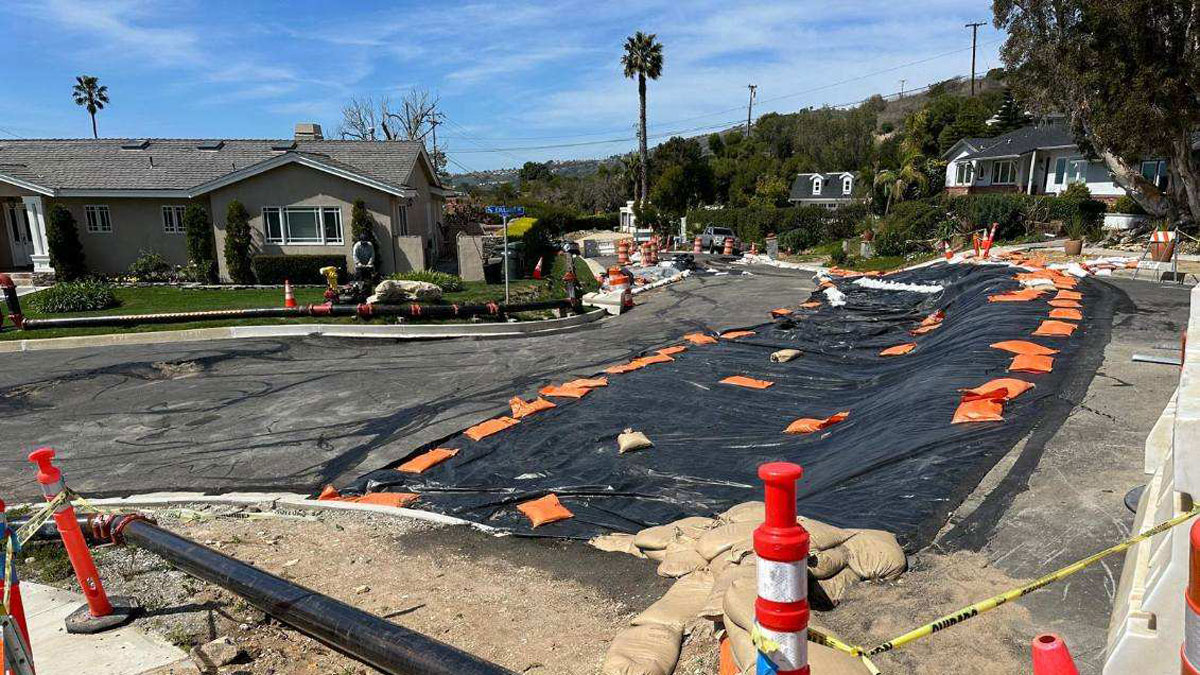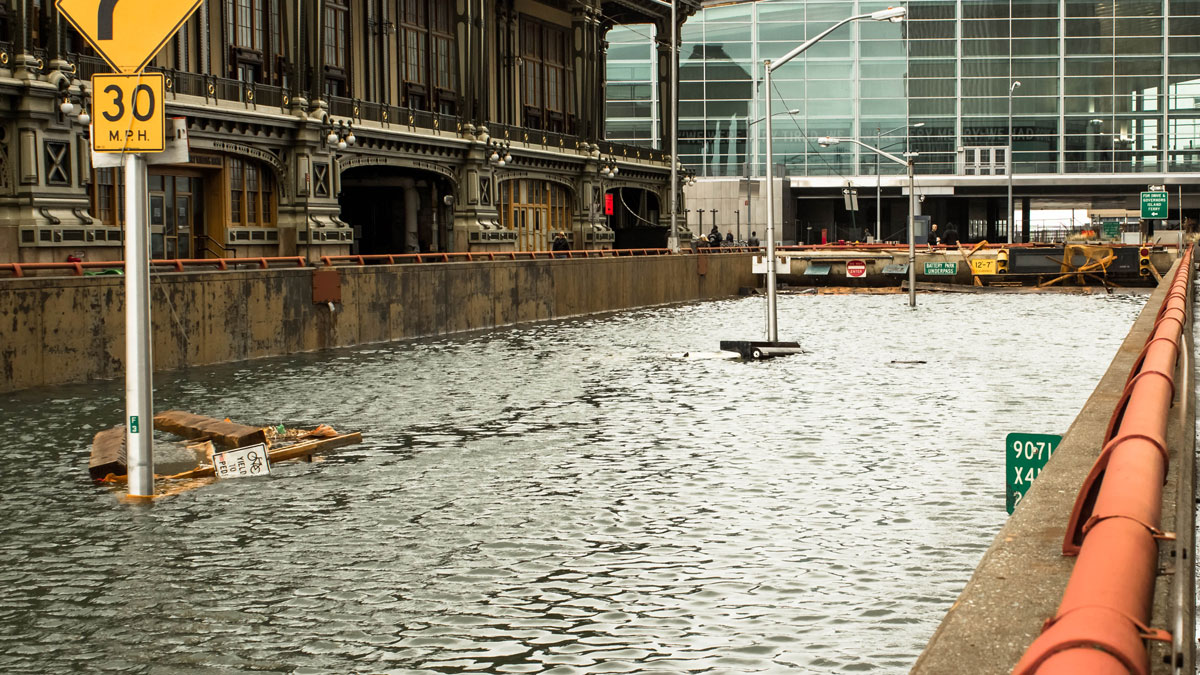Monitoring glacier velocity could help predict volcanic activity, a study of more than 210,000 glaciers suggests.
Natural hazards
Mapping Landslide Risk in the United States and Puerto Rico
A new method provides highly accurate continental-scale landslide susceptibility maps that are being used in the aftermath of Hurricane Helene.
Rancho Palos Verdes Landslides Have Residents Seeking Science
Residents of Rancho Palos Verdes are looking to the scientific community for help in understanding the slow-moving landslides that are destroying their community.
An Unprecedented Experiment to Map Kīlauea’s Summit Magma System
Dozens of researchers deployed nearly 2,000 seismic stations—and a T-Rex—to better illuminate subsurface structure and magma storage below the summit of the highly active volcano.
Cultivating Trust in AI for Disaster Management
Artificial intelligence applied in disaster management must be reliable, accurate, and, above all, transparent. But what does transparency in AI mean, why do we need it, and how is it achieved?
Earthquakes May Have Amplified the Destruction of Pompeii
A new analysis of skeletons and collapsed walls indicates that seismic activity compounded the historic catastrophe wrought by Mount Vesuvius.
Samantha Montano: Helping Communities Recover
A disasterologist has a passion for making emergency management systems more just and equitable.
Is It Climate Change? Americans Mostly Say Yes
Most Americans think climate change plays some role in creating extreme weather, though their perceptions didn’t always align with scientists’.
Expecting the Unexpected Could Help Us Prepare for Climate Extremes
A new paper argues that too little consideration of high-impact, low-likelihood events has left us unprepared for the worst of climate change.
Alerting Communities to Hyperlocalized Urban Flooding
A high-accuracy, low-cost sensor network may change the way urban floods are detected and monitored.










